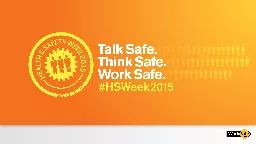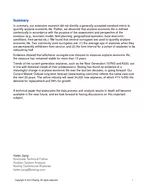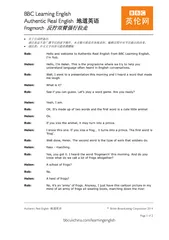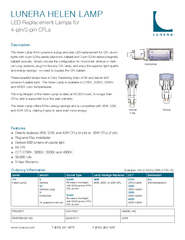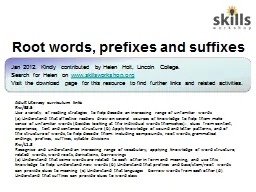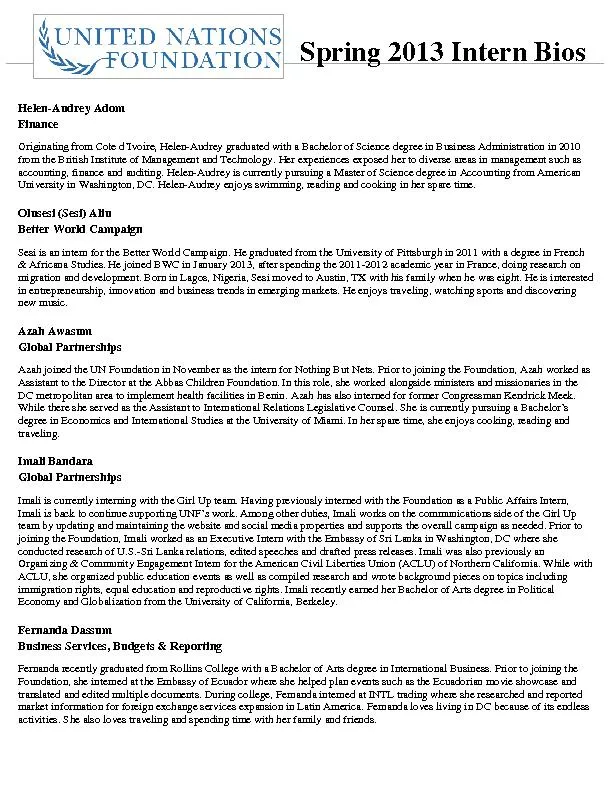PPT-Professor Helen De Cieri
Author : aaron | Published Date : 2018-02-13
Monash Business School Monash University Leading Indicators in Occupational Health and Safety Monash University 2015 How well are leading indicators of OHS
Presentation Embed Code
Download Presentation
Download Presentation The PPT/PDF document "Professor Helen De Cieri" is the property of its rightful owner. Permission is granted to download and print the materials on this website for personal, non-commercial use only, and to display it on your personal computer provided you do not modify the materials and that you retain all copyright notices contained in the materials. By downloading content from our website, you accept the terms of this agreement.
Professor Helen De Cieri: Transcript
Download Rules Of Document
"Professor Helen De Cieri"The content belongs to its owner. You may download and print it for personal use, without modification, and keep all copyright notices. By downloading, you agree to these terms.
Related Documents

